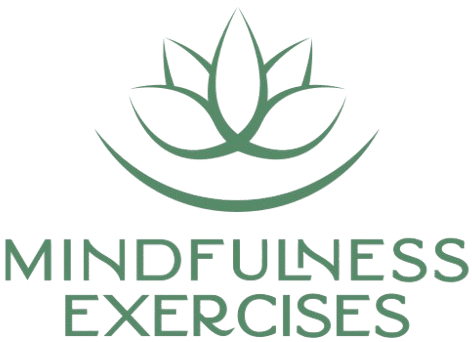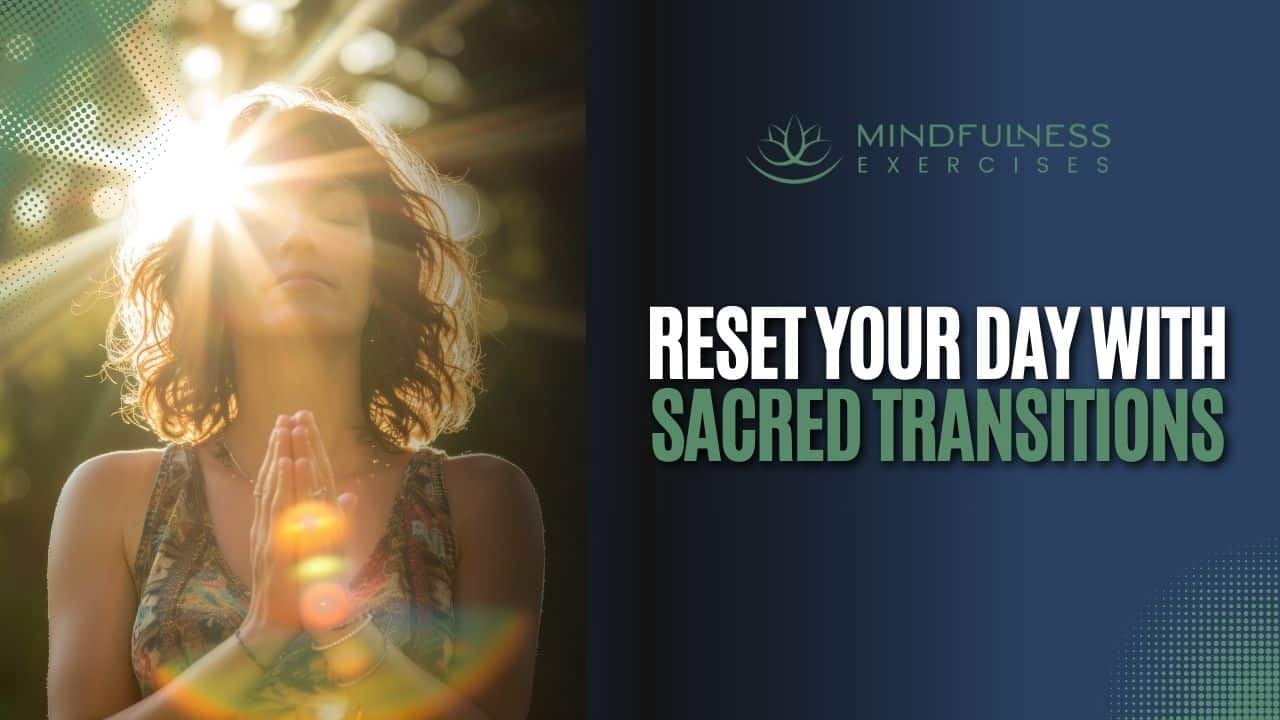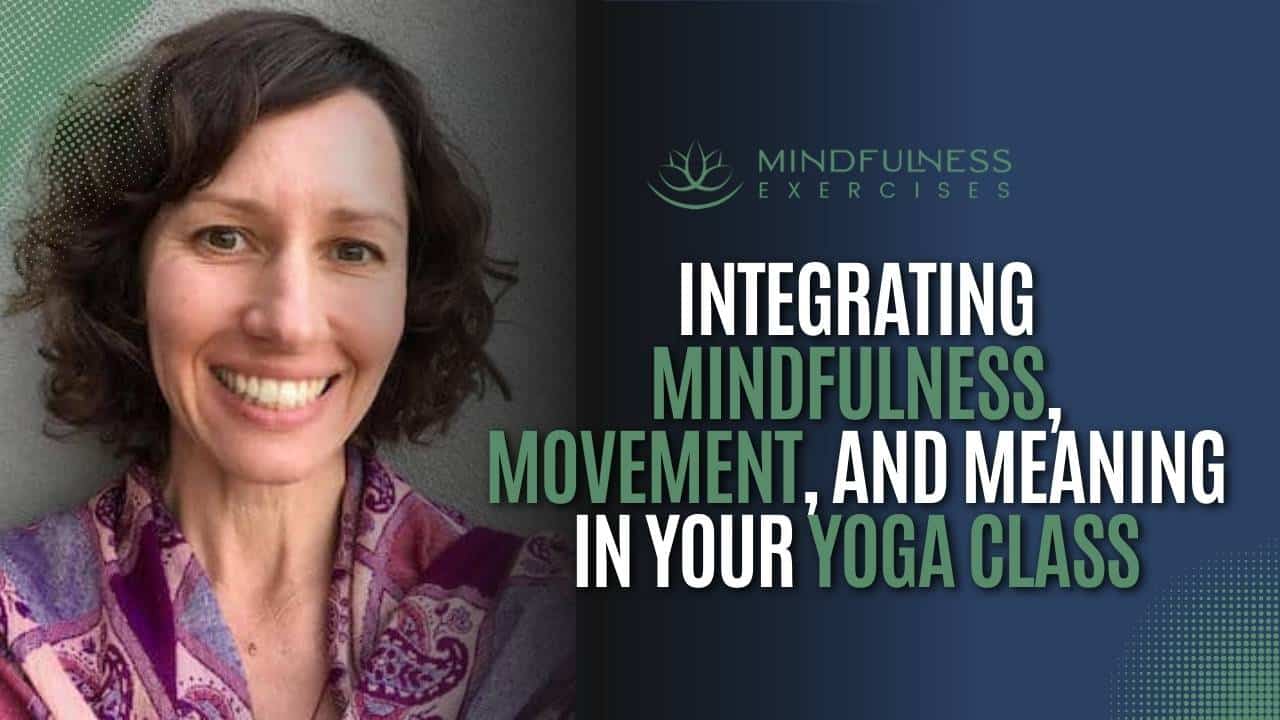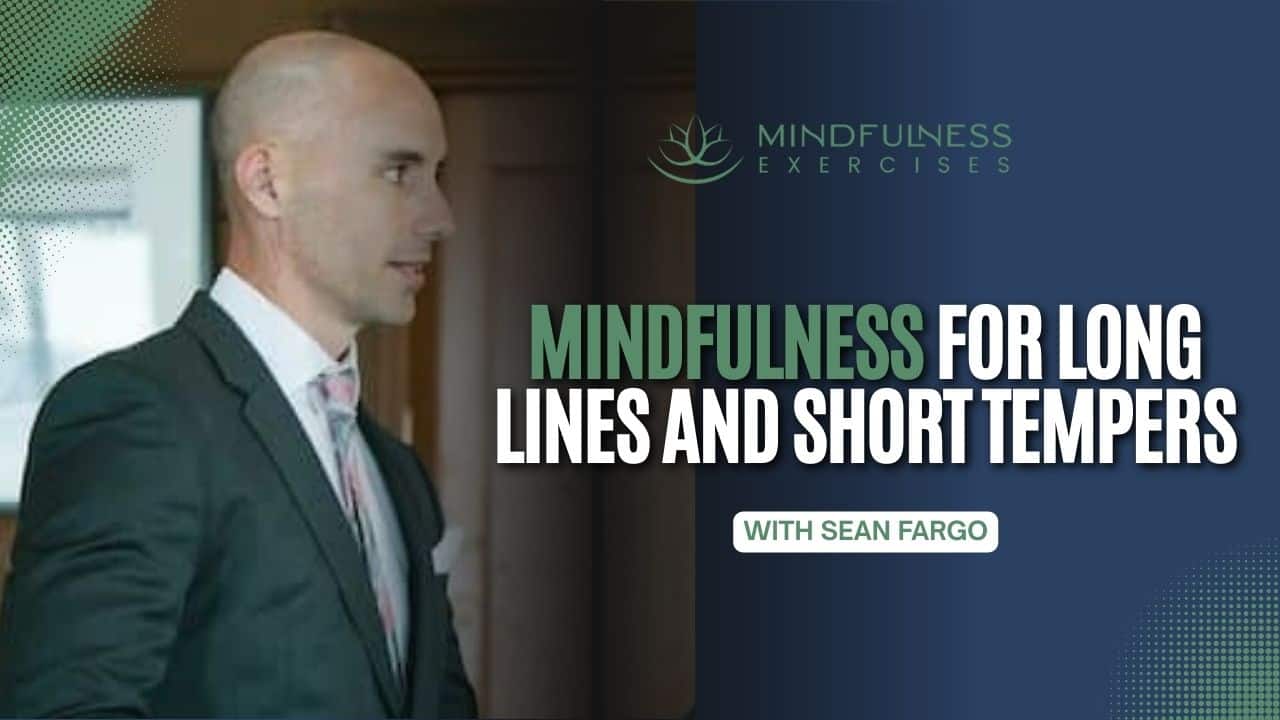In many parts of the world, mindfulness has been packaged for mostly white, middle‑class, Western audiences. But the roots of this practice come from the global South, and the people who may benefit most from its liberating potential are often the ones least centered in mainstream mindfulness spaces.
åThis article is based on a rich two‑hour conversation between Dr. Bonnie Duran and Sean Fargo, in which they explore what it really means to teach mindfulness in multicultural, often inequitable contexts.
Dr. Duran is a long‑time Buddhist practitioner, a professor of Social Work and Public Health at the University of Washington, and Director of the Center for Indigenous Health Research at the Indigenous Wellness Research Institute. She also teaches retreats at Spirit Rock Meditation Center and Insight Meditation Society, and serves on Spirit Rock’s Guiding Teachers Council.
Sean is the founder of MindfulnessExercises.com, a former Buddhist monk and international mindfulness teacher trainer whose online resources and certification programs support practitioners and teachers worldwide.
Below you’ll find:
- A suggested video embed section
- Podcast‑style show notes
- A long‑form article weaving together key themes
- A short speaker bio for Dr. Duran
- Suggested internal and external resources
Sponsored by our Mindfulness Meditation Teacher Certification Program
MindfulnessExercises.com/Certify
What You’ll Learn in This Session
- Why mindfulness is an “epistemology of the global South” and what that means for Western teachers
- The difference between cultural competence and cultural humility
- Three core dimensions of cultural humility — and how to apply them in real time
- How mindfulness helps us recognize internalized racism, sexism, and other “isms” without collapsing into shame
- How to work skillfully with power imbalances in the meditation hall, therapy room, or classroom
- Why body scan practices and element meditations can support healing from individual and collective trauma
- Practical ways for white teachers to support BIPOC students without centering themselves or “taking over” the work
- How to name and welcome diversity in the room so that people feel seen rather than invisible
- The liberating reminder that everything is imperfect, impermanent, and impersonal
Show Notes and Highlights:
| Timestamp | Section Title | Summary |
|---|---|---|
| 00:00 | Sean’s Introduction | Overview of Bonnie’s 35+ years of meditation practice and her work in Indigenous public health and mindfulness research. |
| 00:08 | Mindfulness as a Global South Wisdom Tradition | Exploring conceptual vs. intuitive knowing, with mindfulness as the “data collection system” for intuitive wisdom. |
| 00:17 | Culture, Cultural Competence & Cultural Humility | Teaching on how culture shapes perception, plus definitions and distinctions between cultural competence and cultural humility. |
| 00:25 | Three Dimensions of Cultural Humility | Lifelong learning & self-reflection, addressing power imbalances, and fostering institutional accountability. |
| 00:30 | Working with the “Isms” Inside Us | Using self-acceptance and mindfulness to recognize racism, sexism, ageism, and other biases—meeting them with “I see you, Mara.” |
| 00:36 | Practicing Cultural Humility in Groups | Exploring deep listening, naming what we don’t know, and knowing when to ask for help or refer out. |
| 00:38 | Three Liberating Truths | An accessible reframing of imperfection, impermanence, and impersonality and how they support resilience in social justice work. |
| 00:54 | Teaching Across Cultures | Guidance on engaging BIPOC communities, partnering with local leaders, and the importance of affinity groups. |
| 01:01 | The Power of Body Scan Practices | How trauma is held in the body and why body scans can unlock stuck emotional energy. |
| 01:06 | Mindfulness & Religious Resistance | Working with concerns in Black church communities about meditation; offering mindfulness without proselytizing. |
| 01:14 | Chanting, Music & Somatic Practices | How singing and chanting foster connection, community, and nervous system regulation. |
| 01:16 | Element Practices & Indigenous Ceremony | Earth, water, fire, and air as bridges between Indigenous traditions and Buddhist practice. |
| 1:30+ | Open Q&A | Discussion on white fragility, privilege, collective liberation, and how to support others without shaming or centering oneself. |
Mindfulness as an Epistemology of the Global South
One of the most important reframes Dr. Duran offers is this: mindfulness is an epistemology of the global South.
In other words, mindfulness is not just a stress‑reduction technique invented for Western offices and apps. It’s a way of knowing that emerged from cultures in Asia — and it resonates deeply with Indigenous ceremonies and lifeways across the globe.
She points out that we all live inside at least two kinds of knowledge systems:
- Conceptual / analytic knowing
- Categories, labels, statistics, theories
- The world of Western science, bureaucracy, and policy
- Intuitive / embodied knowing
- Direct awareness, felt sense, insight
- The realm where wisdom arises
Mindfulness, she says, is a data collection system for intuitive awareness. We pay attention to what arises in body, heart, and mind. We notice:
- What triggered it
- How it feels
- What it leads us to say or do
With enough continuity of attention, wisdom starts to recognize the patterns of greed, aversion, and confusion — and to loosen their grip.
For teachers, this is a crucial starting point. If we forget the roots of mindfulness, we risk turning a liberating practice from the global South into a consumable wellness product for the global North.
Culture, Cultural Competence & Cultural Humility
When we bring mindfulness into diverse communities, “good intentions” aren’t enough. We also need a framework for relating across difference.
Dr. Duran distinguishes between cultural competence and cultural humility:
Cultural Competence
Cultural competence is often defined as the ability to interact effectively with people from different cultural backgrounds. It usually emphasizes:
- Building knowledge about various cultures
- Learning best practices for communication and service delivery
- Developing skills to work respectfully across difference
It’s a helpful starting point, especially in healthcare and social services. But competence can subtly imply that we can “master” another culture, the way we might master a technical skill.
Cultural Humility
Cultural humility, a concept developed by Dr. Melanie Tervalon and Dr. Jann Murray‑García, adds something essential: a lifelong stance of curiosity, self‑reflection, and accountability.
Dr. Duran highlights three core dimensions:
- Lifelong learning & critical self‑reflection
- We assume we don’t fully understand what’s happening for other people.
- We notice our own biases, conditioning, and blind spots — without beating ourselves up.
- We stay open to feedback and change.
- Recognizing & challenging power imbalances
- We pay attention to who holds formal and informal power: teacher vs. student, provider vs. client, white vs. BIPOC, citizen vs. undocumented, etc.
- We name those dynamics where appropriate and adjust our behavior to reduce harm.
- We advocate for more equitable structures in the spaces we inhabit.
- Institutional accountability
- We recognize that individual humility isn’t enough if institutions remain oppressive.
- We work for policies and norms that model equity, inclusion, and transparency.
For mindfulness teachers, cultural humility invites a shift from “I know exactly how mindfulness should look for you” to “I’m here to listen, learn, and co‑create practices that serve your community.”
1. Faith: From Cynicism to Confidence
George talks about faith not as blind belief, but as confidence born of direct experience.
When Amy shares that she sometimes feels cynical and overwhelmed by what she sees in the world, George gently suggests that cynicism is often too much insight, not enough faith. We see clearly what’s broken, but lose touch with what’s possible.
Faith grows when:
- We have small, lived experiences that “this actually works.”
- We notice the mind change from scattered to settled, from reactive to responsive.
- We remember our own “spiritual bottom” and how we made it through.
For teachers, this means that every little shift we help someone experience – a tiny moment of calm, a kinder thought toward themselves – is an opportunity to build genuine confidence, not just in us but in their own capacity.
Seeing Our Own Conditioning — Without Collapse
Dr. Duran is candid about what she sees in her own mind: racism, sexism, homophobia, ageism, ableism — all the “isms” that come from being raised in a deeply conditioned society.
The point is not to pretend these don’t exist. It’s to see them clearly and not act from them.
Mindfulness gives us a way to observe harmful thoughts and impulses and say, as the Buddha did, “I see you, Mara.” Dr. Duran sometimes says, “I see you, settler,” acknowledging the patterns of settler colonialism when they arise inside her.
A few key practices she emphasizes:
- Self‑acceptance: Recognizing our strengths and weaknesses without self‑hatred.
- Empathy for both “victim” and “perpetrator”: Not as an excuse for harm, but as a way to understand the conditions that give rise to it and to respond wisely.
- The Brahma Viharas (Heart Practices):
- Loving‑kindness (metta)
- Compassion (karuna)
- Sympathetic joy (mudita)
- Equanimity (upekkha)
Her teacher Joseph Goldstein once suggested she practice sympathetic joy when she was struggling with jealousy. The primary benefit, he said, might not be that jealousy disappears, but that she’ll recognize jealousy much more quickly when it arises.
The same is true for loving‑kindness, compassion, and equanimity. The more we deliberately cultivate them, the easier it becomes to notice their opposites — hatred, cruelty, envy, and reactivity — and to refrain from acting them out.
For teachers, these heart practices are not optional add‑ons. They’re essential medicines for working with race, class, gender, and power in any community.
Related Mindfulness Exercises resources: Loving‑kindness scripts, meditations, and articles on cultivating compassion, gratitude, and forgiveness can support both personal practice and teaching.
Imperfect, Impermanent, Impersonal
Near the middle of the session, Dr. Duran shares a simple mantra she uses when life gets intense:
“Of course it’s imperfect. It’s impermanent. And it’s impersonal.”
It’s her accessible take on three classical Buddhist insights:
- Imperfect – No experience is ultimately, permanently satisfying. Even when we get exactly what we want, it doesn’t stay that way for long.
- Impermanent – Everything changes: sensations, emotions, identities, institutions, political realities.
- Impersonal – What arises in us is not just ours; it’s part of a vast web of conditions that shape everyone.
In the context of multicultural teaching, these truths can be deeply stabilizing. When you’re navigating conflict, naming power dynamics, or holding space for collective trauma, it’s easy to feel overwhelmed or personally attacked.
Remembering “imperfect, impermanent, impersonal” doesn’t erase responsibility, but it can:
- Soften defensiveness
- Open the heart to others’ pain
- Remind us that we’re part of a shared human struggle, not the sole cause or solution
This phrase can be a powerful anchor for teachers and students alike.
Body Scan, Element Practices, and Healing from Trauma
A big theme in the conversation is trauma held in the body.
Dr. Duran notes that during long retreats, it’s not unusual for people to have days of sobbing meditation or stomping meditation as repressed experience surfaces. From her perspective (and that of many trauma‑aware teachers), this is not a sign of something going wrong — it’s the body doing its best to complete unfinished processes.
Two practices she highlights:
1. Body Scan Meditation
Body scans invite us to move attention systematically through the body, noticing sensations with curiosity and kindness. Over time, this can:
- Help us reconnect with areas we’ve numbed out or abandoned
- Allow stored tension and emotion to release
- Build tolerance for difficult sensations without shutting down
For communities carrying historical and ongoing trauma, body‑based practices can be profoundly supportive — especially when offered in trauma‑sensitive ways (choice‑based, invitational language, clear options to stop or modify the practice).
Mindfulness Exercises offers several free and premium body scan scripts, guided meditations, and articles tailored for stress relief, chronic pain, and sleep.
2. Element Practices
Across many Indigenous traditions, ceremony often engages the four elements — earth, water, fire, and air. Dr. Duran notes that when the Buddha taught his son Rahula to meditate, he also began with contemplation of the elements in the body.
Sean elaborates on how to adapt this for mindfulness students:
- Earth element: Bones, muscles, teeth, skin — the solid aspects of the body
- Water element: Blood, lymph, saliva, tears — everything fluid
- Air element: Breath moving through chest and belly, subtle movements of energy
- Fire element: Temperature, warmth and coolness throughout the body
- Space (a fifth element): The sense of openness that holds all sensations
Element practices can be especially resonant when teaching in Indigenous or land‑connected communities, as they affirm that we are part of nature, not separate from it.
Practicing Cultural Humility in Real Time
How do these ideas land in actual classrooms, sanghas, therapy offices, or corporate programs? Dr. Duran and the group name several concrete ways to practice cultural humility as mindfulness teachers:
1. Invite Lived Experience Into the Room
Rather than assuming what people need, we can:
- Ask open‑ended questions about what mindfulness means (or doesn’t mean) in their context
- Recognize that each culture — and each person — is not monolithic
- “Evoke, don’t prescribe” whenever possible
2. Practice Active, Deep Listening
This includes:
- Putting down our internal script for what we’ll say next
- Listening for emotion and body language, not just words
- Reflecting back what we hear and checking if we understood accurately
3. Name Diversity & Power Dynamics
Several BIPOC participants shared that it feels supportive when a teacher explicitly acknowledges them, for example by saying something like:
“I’d especially like to welcome and thank those of you who are bringing diversity into this space.”
For them, this feels like being seen, not singled out. It’s also a gentle way to name that the room is not neutral — it has a particular demographic shape.
At the same time, teachers should be prepared for moments when students may project decades of oppression and frustration onto them, especially if they’re white or hold other forms of privilege. Cultural humility invites us to:
- Stay grounded and present
- Recognize that we may be a proxy for larger systems
- Avoid defensiveness, while still setting appropriate boundaries
4. Work with Affinity Groups
Affinity groups (such as BIPOC groups, LGBTQIA+ groups, or women’s groups) can provide spaces where people don’t have to constantly manage how they’re perceived by the dominant group. Many retreat centers, including Spirit Rock and IMS, now regularly offer such spaces.
Teachers can:
- Encourage students to seek out affinity‑based spaces if they’re available
- Partner with BIPOC or community‑based teachers to co‑lead programs
- Make sure affinity offerings are resourced, not treated as an afterthought
5. Refer Out When Appropriate
Mindfulness is powerful, but it’s not a replacement for therapy, medical care, or legal advocacy. Dr. Duran and Sean emphasize the importance of:
- Knowing your scope of practice
- Referring students to trauma‑informed therapists, social workers, or community resources when needed
- Exploring trauma‑sensitive frameworks if you plan to work with trauma at all
The Mindfulness Exercises podcast and blog host several conversations and resources with trauma expert David Treleaven on how to teach mindfulness safely and sensitively.
The Role of White Teachers in Collective Liberation
Several white participants voiced a common concern:
“Am I really the right person to teach mindfulness in communities of color? Shouldn’t I just defer to BIPOC teachers?”
Dr. Duran’s answer is nuanced. On one hand:
- White folks do need to listen more, learn their histories, and challenge white supremacy in themselves and their institutions.
- There are now more BIPOC teachers and organizations than ever; whenever possible, centering and resourcing them is wise.
On the other hand:
- If you’re committed to cultural humility, willing to be uncomfortable, and actively educating yourself, you can be of service.
- You don’t have to exclude yourself from teaching to diverse groups, especially if you’re transparent about your limitations and ready to collaborate.
She recommends white teachers engage with organizations (now under Comrades Education, formerly White Awake) that specifically support white people in unwinding internalized white supremacy and reclaiming their own ancestral traditions beyond “whiteness” as a political identity.
The invitation is to move from “I’m the hero here” or “I’m useless here” to “I am one small, accountable part of a collective liberation movement.”
Next Steps for Mindfulness Teachers
If you’d like to integrate these themes into your own teaching, here are a few starting points:
- Deepen your personal practice
- Commit to daily mindfulness, including body‑based and heart‑based practices.
- Consider structured support like the free 100‑Day Mindfulness Challenge or longer courses.
- Study trauma‑sensitive and culturally humble approaches
- Work through trauma‑sensitive mindfulness resources and trainings.
- Learn frameworks of cultural humility from public health, social work, and community‑based research fields.
- Seek mentorship and community
- Get comprehensive teacher training
- If you’re not already certified, consider a program that explicitly integrates trauma‑sensitivity and cultural responsiveness, such as the Mindfulness Meditation Teacher Certification Program offered through Mindfulness Exercises.
- Stay in the conversation
- Revisit this video and transcript periodically.
- Talk with peers about where you feel stuck, defensive, or confused.
- Let “imperfect, impermanent, impersonal” guide you through the inevitable bumps.
About the Guest: Dr. Bonnie Duran
Bonnie Duran, DrPH is a mixed‑race Opelousas/Coushatta descendant and a Professor Emeritus in the Schools of Social Work and Public Health at the University of Washington in Seattle. She directs the Center for Indigenous Health Research at the Indigenous Wellness Research Institute, where her work focuses on community‑based participatory research with Tribal and Urban Indian communities and other communities of color.
Bonnie met the Dharma in 1982 at Kopan Monastery in Nepal and studied Vipassana in Bodh Gaya, India. She is a graduate of the IMS/Spirit Rock retreat teacher‑training program and now serves on the Spirit Rock Guiding Teachers Council and as a core teacher for the IMS Teacher Training Program. She teaches short and long retreats across North America and is deeply engaged in Native American spiritual practices and Indigenous ceremony.
Her work weaves together Indigenous wisdom, public health research, and Buddhist practice, with a sustained focus on equity, decolonization, and collective liberation.



